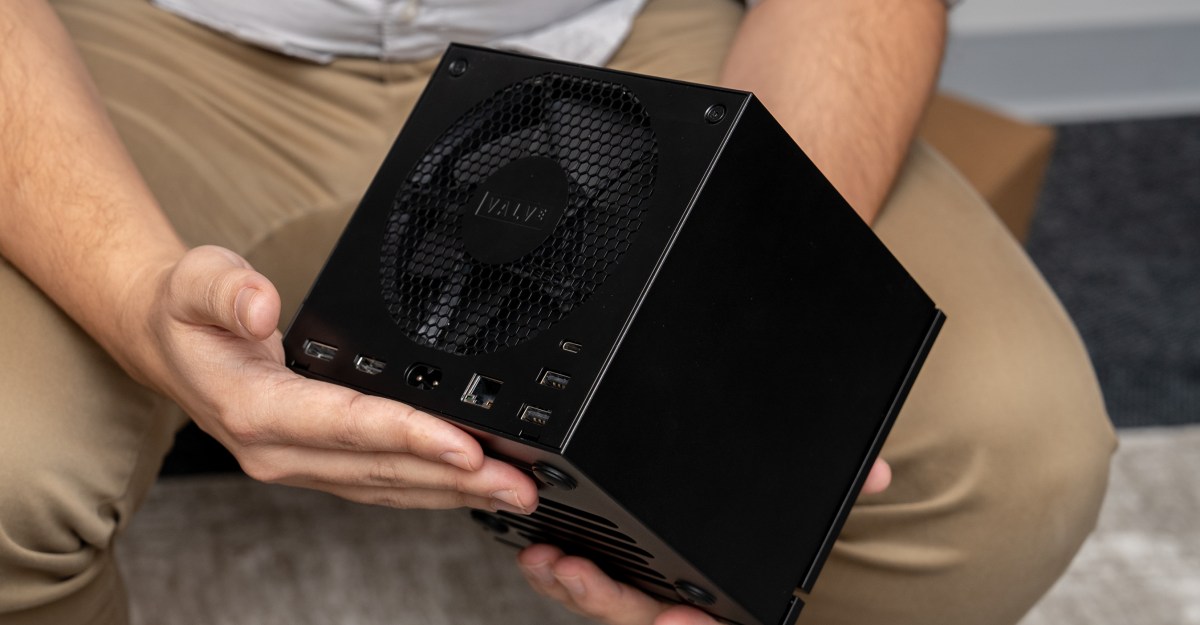- Valve signals it won’t subsidize the Steam Machine. The Verge
- Steam Machine’s price will be “more in line” with current PC market, Valve says Eurogamer
- The Steam Machine will fail if Valve repeats this Steam Deck mistake Currently.com
- Valve…
Valve signals it won’t subsidize the Steam Machine. – The Verge
